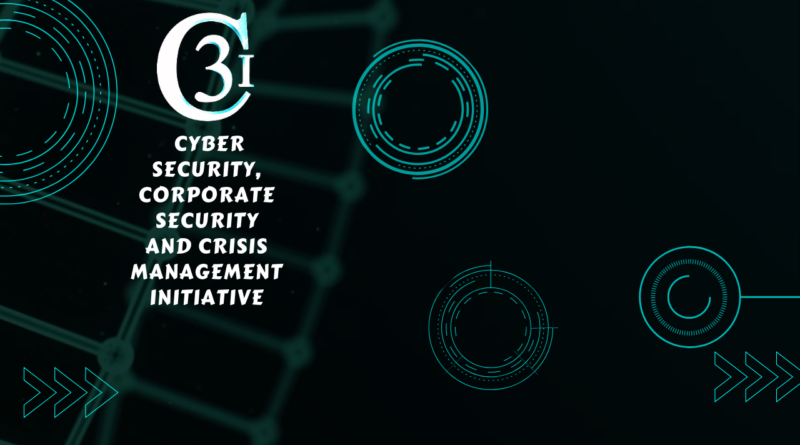Climate Changes
Disaster risk reduction (DRR) and climate change adaptation (CCA) are two practices concerned with tackling the increased risk of disasters with climate change. DRR looks to reduce the risk of both natural and man-made disasters through reducing exposure and vulnerability of people and property and increasing preparedness for such events (UNISDR, 2017), while CCA looks to make adjustments to reduce the potential negative impacts of climate change on society with regard to both climate extremes and gradual changes in mean climate (IPCC, 2012). With that both fields share the common goal to reduce vulnerabilities and exposure and increase resilience of the communities. Furthermore, they both recognize the social structure behind disasters and climate change and they relate it with the current trends in urbanization, environmental degradation, globalization of markets etc.
However, differences between the sectors still exist causing duplication of efforts, resources and creation of confusion especially at the local level where results are expected. Although this challenge is widely recognized there is still limited guidance on how CCA and DRR can be brought together practically.
C3I offers its expertise and will work to assist national and local stakeholders in bridging the gap between the two sectors by:
- Mainstreaming – inserting key elements of one sector into the other one (e.g climate change scenarios in disaster risk assessments).
- Alignment – identifying synergies among policy processes with common objectives to increase coherence, efficiency and effectiveness for improved outcomes.
- Coherence – in implementation of strategies in disaster risk reduction and climate change adaptation required on strategic, operational and technical level.



